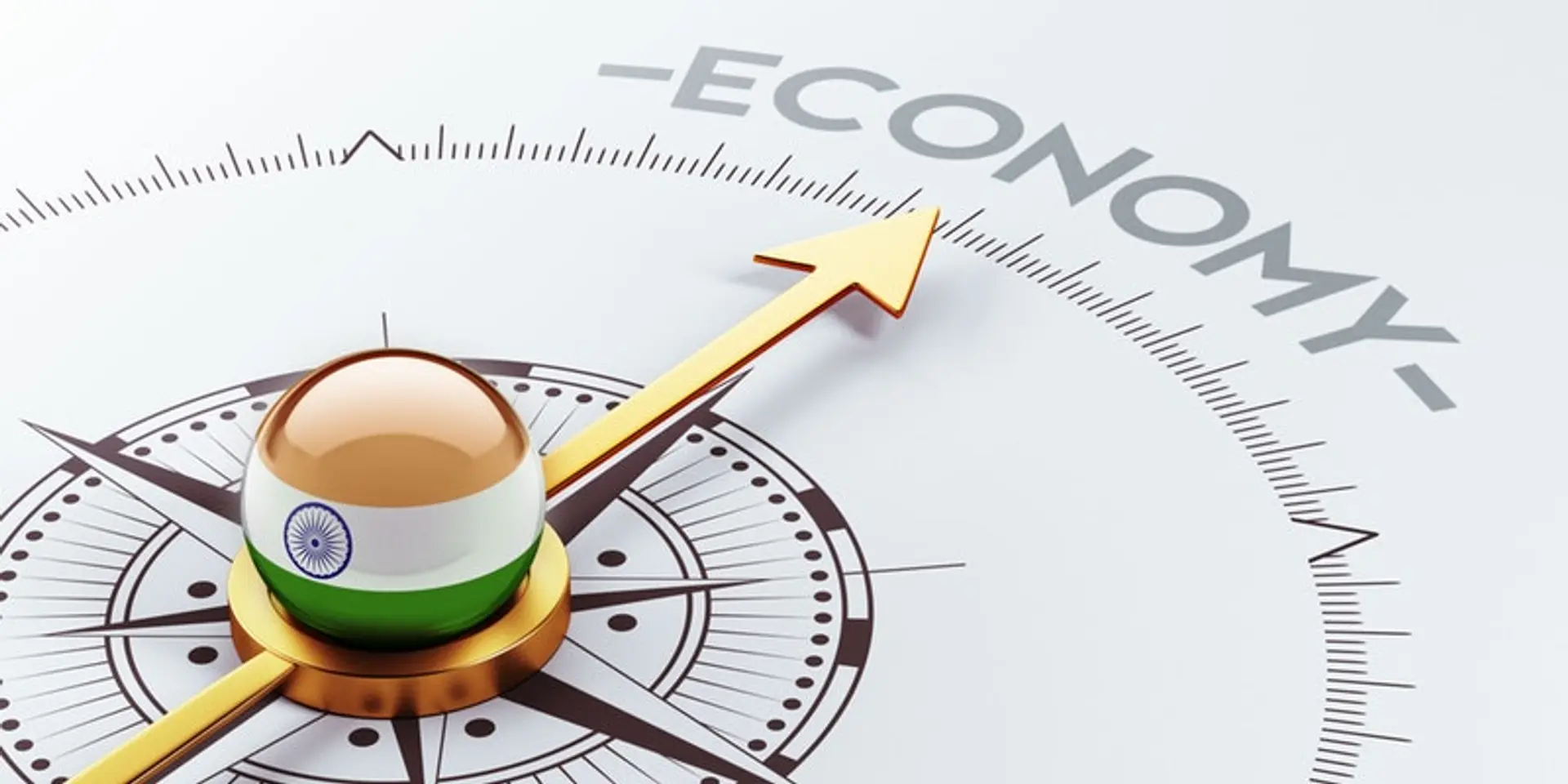India has transformed in less than a decade: Morgan Stanley
Listing the 10 big changes that have happened since Prime Minister Narendra Modi took office in 2014, the brokerage said bringing corporate tax at par with peers and infrastructure investment picking pace are one of the biggest supply-side policy reforms.
India, under Prime Minister Narendra Modi, has transformed, gaining a position in the world order and becoming a key driver for Asia and global growth, said Morgan Stanley.
In a report, Morgan Stanley said significant scepticism about India, particularly with overseas investors, ignores the significant changes that have taken place in India, especially since 2014.
"This India is different from what it was in 2013. In a short span of 10 years, India has gained positions in the world order with significant positive consequences for the macro and market outlook," it said. "India has transformed in less than a decade."
Listing the 10 big changes that have happened since Prime Minister Narendra Modi took office in 2014, the brokerage said bringing corporate tax at par with peers and infrastructure investment picking pace are one of the biggest supply-side policy reforms.
Also, the rising collection of GST—the uniform tax that replaced more than a dozen different central and state taxes— and the rising share of digital transactions as a percentage of GDP indicate the formalisation of the economy.
Transfer of subsidies to accounts of beneficiaries, insolvency and bankruptcy code, flexible inflation targeting, focus on FDI, government support for corporate profits, a new law for real estate sector and MNC sentiment at multi-year high were other significant changes, it said.
Manufacturing and capital spending as a percentage of GDP has continuously risen, Morgan Stanley said, adding export market share is projected to more than double to 4.5% by 2031.
Also, there has been a major shift in the consumption basket following lower volatility in inflation and shallower interest rate cycles.
All these have led to a profit boom for corporate and stock market investors and a breakdown in correlation with global oil prices. "Indian stocks have become more defensive," it said.
The steady increase in manufacturing and capex as a percentage of GDP is likely to result in "a new cycle in manufacturing and capex, as we estimate the share of both to rise in GDP by approximately 5ppt by 2031," it said, adding India's export market share will rise to 4.5 per cent by 2031, nearly 2X from 2021 levels, with broad-based gains across goods and services exports.
"As India's per capita income increases from $2,200 currently to about $5,200 by 2032, this will have major implications for change in the consumption basket, with an impetus to discretionary consumption," it said. "We expect inflation to remain benign and less volatile, which would imply shallower rate cycles. Shallower rate cycles could also imply more benign equity market cycles."
On the benign trend in the current account deficit, it said it believes "India's structural transformation will feed into the saving-investment dynamics, implying gains for its external balance sheet, with a progressively narrower trend in the CAD."
"The share of profits in GDP has doubled from all-time lows hit in 2020 and are set to rise further—maybe even double from here— leading to strong absolute and relative earnings. This explains India's apparently rich headline equity valuations. Triggered by supply-side reforms by the government, we expect a major rise in investments, a moderation in the CAD and an increase in credit to GDP to support the coming profit growth," it said.
The brokerage saw a lower correlation with oil prices as well as with the US recession. "As India's reliance on global capital market flows has reduced, the market's sensitivity to a US recession and US Fed rate changes also seems to be fading.
"This reflects persistent domestic demand for stocks and higher growth for longer. India is trading at a premium to long-term history, albeit well off highs and in line with recent history," it said. "India's beta to emerging markets has fallen to 0.6: This is a consequence of improved macro stability and reduction in dependence on global capital market flows to fund the CAD."
Key risks however remain a global recession, a fragmented general election outcome in 2024, a sharp rise in commodity prices due to supply outages and shortages in skilled labour supply, it said.
Edited by Akanksha Sarma







